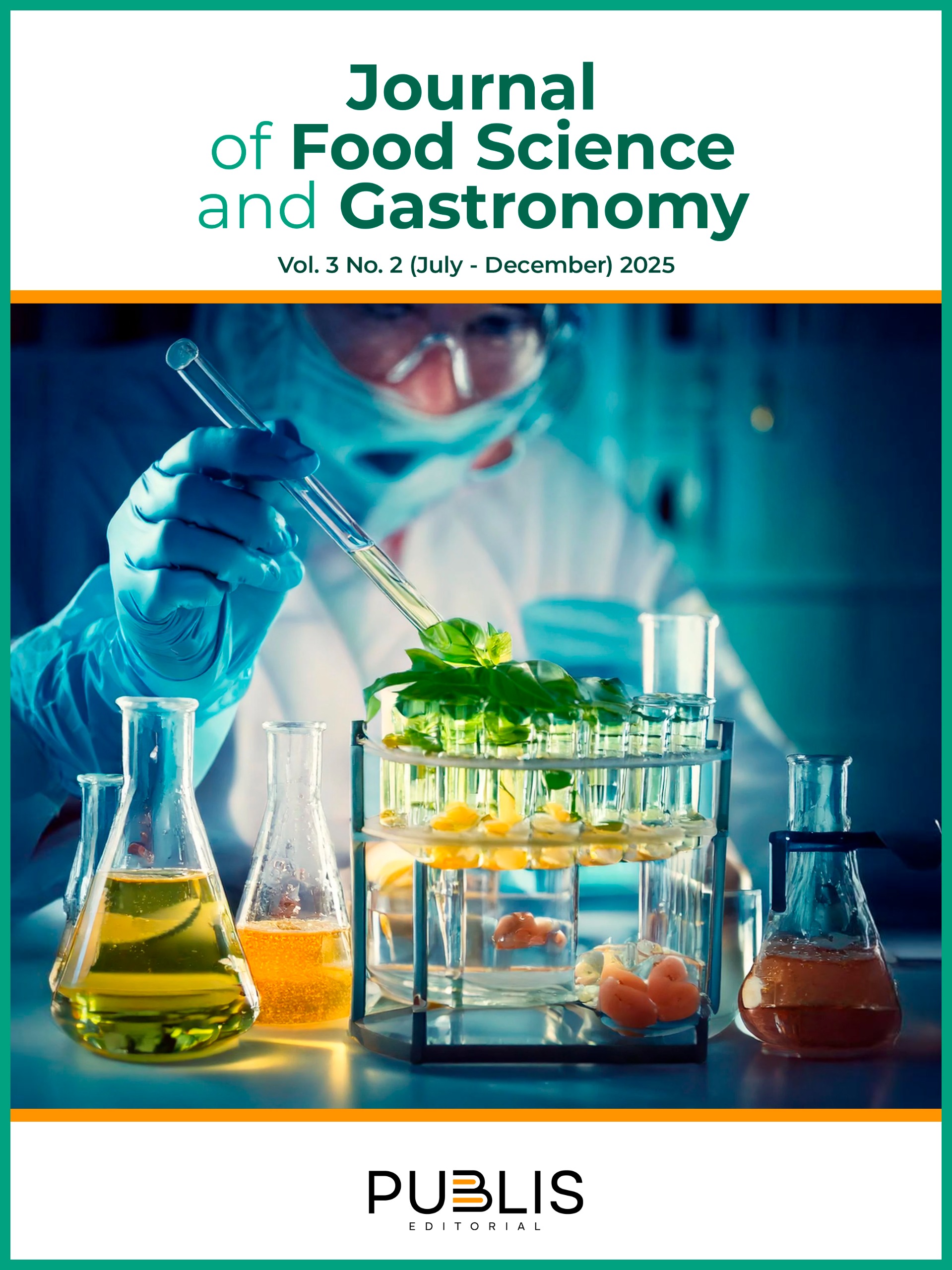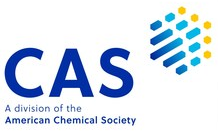Rheological behavior of hydrocolloid blends as stabilizers for ice cream formulation
DOI:
https://doi.org/10.5281/zenodo.16741113Keywords:
hydrocolloids, rheology, ice cream, stabilizers, viscosityAbstract
Ice cream formulation relies on stabilizers that guarantee texture, creaminess, and structural stability during processing and storage. The objective of this study was to evaluate the rheological behavior of gelatin, guar gum, and xanthan gum blends in milk and cream ice cream. A mixture design was employed, with variable proportions of gelatin (10–20%), guar gum (50–75%), and xanthan gum (10–20%), to measure apparent viscosity and flow time using a Brookfield viscometer and a 10 mL pipette at 20 °C. Results indicated that guar gum provided the greatest increase in viscosity in both mixes. At the same time, gelatin exhibited a moderate effect, particularly in the cream mix, where its performance was comparable to that of xanthan gum. The optimal blend (16.2% gelatin, 67.9% guar gum, 15.9% xanthan gum) yielded viscosities of 50.8 mPa·s (milk) and 47.3 mPa·s (cream). It was concluded that the proposed formulation strikes a balance between rheological performance, sensory acceptability, and low ingredient cost.
Downloads
References
Adapa, S., Dingeldein, H., Schmidt, K. A., & Herald, T. J. (2000). Rheological properties of ice cream mixes and frozen ice creams containing fat and fat replacers. Journal of Dairy Science, 83(10), 2224–2229. https://doi.org/10.3168/jds.S0022-0302(00)75106-X
Alvarado, J., & Aguilera, J. (2001). Métodos para medir propiedades físicas en industrias de alimentos. Ed. Acribia, S.A.
Arancibia, C., Bayarri, S., & Costell, E. (2015). Effect of hydrocolloid on rheology and microstructure of high-protein soy desserts. Journal of Food Science and Technology, 52, 6435–6444. https://doi.org/10.1007/s13197-015-1756-9
Banerjee, S., & Bhattacharya, S. (2012). Food gels: Gelling process and new applications. Critical Reviews in Food Science and Nutrition, 52(4), 334–346. https://doi.org/10.1080/10408398.2010.500234
Gao, Y., Liu, R., & Liang, H. (2024). Food hydrocolloids: Structure, properties, and applications. Foods, 13(7), 1077. https://doi.org/10.3390/foods13071077
Karaman, S., Kesler, Y., Goksel, M., Dogan, M., & Kayacier, A. (2014). Rheological and some physicochemical properties of selected hydrocolloids and their interactions with guar gum: Characterization using principal component analysis and viscous synergism index. International Journal of Food Properties, 17(8), 1655–1667. https://doi.org/10.1080/10942912.2012.675612
Lin, H.-T. V., Tsai, J.-S., Liao, H.-H., & Sung, W.-C. (2023). The effect of hydrocolloids on penetration tests and syneresis of binary gum gels and modified corn starch–gum gels. Gels, 9(8), 605. https://doi.org/10.3390/gels9080605
Liu, X., Sala, G., & Scholten, E. (2023). Role of polysaccharide structure in the rheological, physical and sensory properties of low-fat ice cream. Current Research in Food Science, 7, 100531. https://doi.org/10.1016/j.crfs.2023.100531
Marshall, R. T., Goff, H. D., & Hartel, R. W. (2003). Ice cream (6th ed.). Kluwer Academic/Plenum Publishers. https://doi.org/10.1007/978-1-4615-0163-3
Milliatti, M. C., & Lannes, S. C. da S. (2018). Impact of stabilizers on the rheological properties of ice creams. Food Science and Technology, 38(4), 733–739. https://doi.org/10.1590/fst.31818
NC-ISO 3728. (2004). Helado-Determinación del contenido de sólidos totales (método de referencia).
NC-ISO 7328. (2004). Helados listos para el consumo y mezclas de helados. Determinación del contenido de materia grasa. Método gravimétrico (método de referencia).
Ramos-Maldonado, F. L., Hernández-Montoya, M. I., & Rojas-Reyes, N. (2023). Rheological modeling of cellulose gum, xanthan gum, and guar gum mixtures in aqueous solutions. DYNA, 90(229), 66–74. https://doi.org/10.15446/dyna.v90n229.109644
Ranaweera, H., Krishnan, P., & Martínez-Monteagudo, S. I. (2022). Rheological behavior of ice-cream mixes: Impact of temperature and protein concentration. Journal of Food Process Engineering, 45(3), e13989. https://doi.org/10.1111/jfpe.13989
Saha, D., & Bhattacharya, S. (2010). Hydrocolloids as thickening and gelling agents in food: A critical review. Journal of Food Science and Technology, 47(6), 587–597. https://doi.org/10.1007/s13197-010-0162-6
Soukoulis, C., Chandrinos, I., & Tzia, C. (2008). Study of the functionality of selected hydrocolloids and their blends with κ-carrageenan on storage quality of vanilla ice cream. LWT-Food Science and Technology, 41(10), 1816–1827. https://doi.org/10.1016/j.lwt.2007.12.009
Published
Data Availability Statement
The datasets used and/or analyzed during the current study are available from the corresponding author on reasonable request.
Issue
Section
License
Copyright (c) 2025 Yan Aldana, Migdalia Fojo, Aldo E. Hernández, Juan González (Author)

This work is licensed under a Creative Commons Attribution-NonCommercial-ShareAlike 4.0 International License.












































